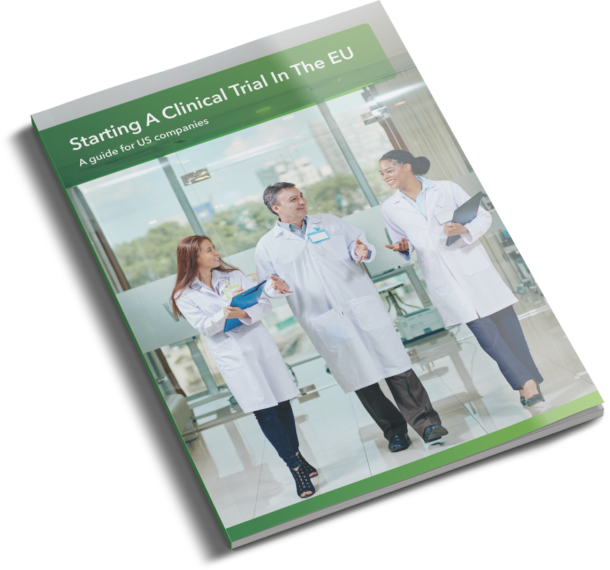Your drug has passed through the phase I clinical trial and you’ve selected and contacted the sites you want to work with. Now it’s time to get your trial up and running in the EU. What do you do? Let’s walk through the process step by step.
At Siron Clinical, we support clients throughout the clinical trial process. Our collaborations often begin with phase II trials, which can be multi-center and take place in several countries. Getting a phase II trial set up is a complex process, and we start by having a conversation with the client about how to implement the study and, if any, which countries need to be prioritized. Once we know that, we can get started. Here are the main steps we take.
1. Develop The Submission Dossier
The core submission dossier includes a range of materials, such as study protocol, product information, insurance documentation, data protection information and patient brochures.
Once complete, we send this core dossier to a representative in each of the countries in which we will request authorization. The local representative is responsible for amending the dossier to meet their country’s requirements. This might include adapting patient brochures to include country-specific text, checking for local data protection requirements, and ensuring all materials that will be presented to patients are translated into the local language.
2. Submit To The Relevant Authorities

In Europe, we need to obtain authorization from the competent authorities of the individual countries where the trial will be run, plus approvals from accredited ethics committees in those countries. We might also need to request approval from the individual hospitals where the trial is set to take place.
Each of the 27 countries in the EU has its own requirements. For example, some countries, such as Belgium, allow parallel submissions to the competent authority and the ethics committee, while others require submission to one or the other first. In some cases, such as in the Netherlands, the competent authority will approve on the basis of ‘no objection’ to the ethics committee approval.
It’s worth noting that these regulations are due to change and comes into application on 31 January 2022. It will also apply to trials authorized under the previous legislation if they are still ongoing three years after the new regulation has come into operation.
3. Review The Dossier
When the competent authorities and ethics committees review the submission, they want to see that the study protocol is well designed, addresses patient wellbeing and safety, and is in line with all international requirements to conduct clinical research.
It is unusual to get immediate approval after the initial submission – the competent authorities and ethics committees will usually have additional questions, comments and requests for changes.
The process of reviewing, revising and approving the submission takes about two to three months for a phase II trial. This process is much shorter, at 14-28 days, for a phase I trial.
4. Get Ready To Start: Site Initiation

Once the trial is approved, we then need to get the study sites ready to start. This involves meeting with the investigators, study teams and participating hospitals to explain what the study is about. To conduct official training of the relevant teams, certain things need to be in place, such as the study protocol, the medication, the electronic case record form and safety monitoring protocols.
We also need to ensure the relevant documentation is available, including the CVs of all study team members to show their qualifications, standards certification of local labs, and financial disclosure documents to show there are no conflicts of interest.
5. Ongoing Trial Support
Once the sites are up and running, they can start patient selection. Recruitment can require a significant effort from investigators; we provide support in this process, and help the sponsor think of ways to identify and recruit the right participants. For example, a hospital might be able to set up an alert system to notify the study team when a suitable patient is admitted.
During the trial, we have frequent contact with each site and make regular visits. CRAs visit sites to check and verify the data reported by investigators, ensure that every patient has signed the consent form, and keep track of any safety issues.
We monitor processes too. For example, we match the medication that was sent to the site pharmacy with what was supplied to the patients and what they took. We also keep track of any amendments made to the study documents. We maintain all the paperwork, either electronically or in hard copy.
6. Close The Trial

At the end of the trial, we do a close-out visit. This involves reconciliation of study medication, checking the final data reported and resolving any queries with the site.
We transfer all the documents to the sponsor, who needs to keep it for a minimum of 15 years (increasing to 25 years according to the new regulation).
At Siron Clinical, we like to have long-term collaborations with our clients, so when a phase II trial is completed, we often work with the company to set up the phase III trial.
Are you planning to start a clinical trial in the EU? Contact us to learn how we can help.




0 Comments